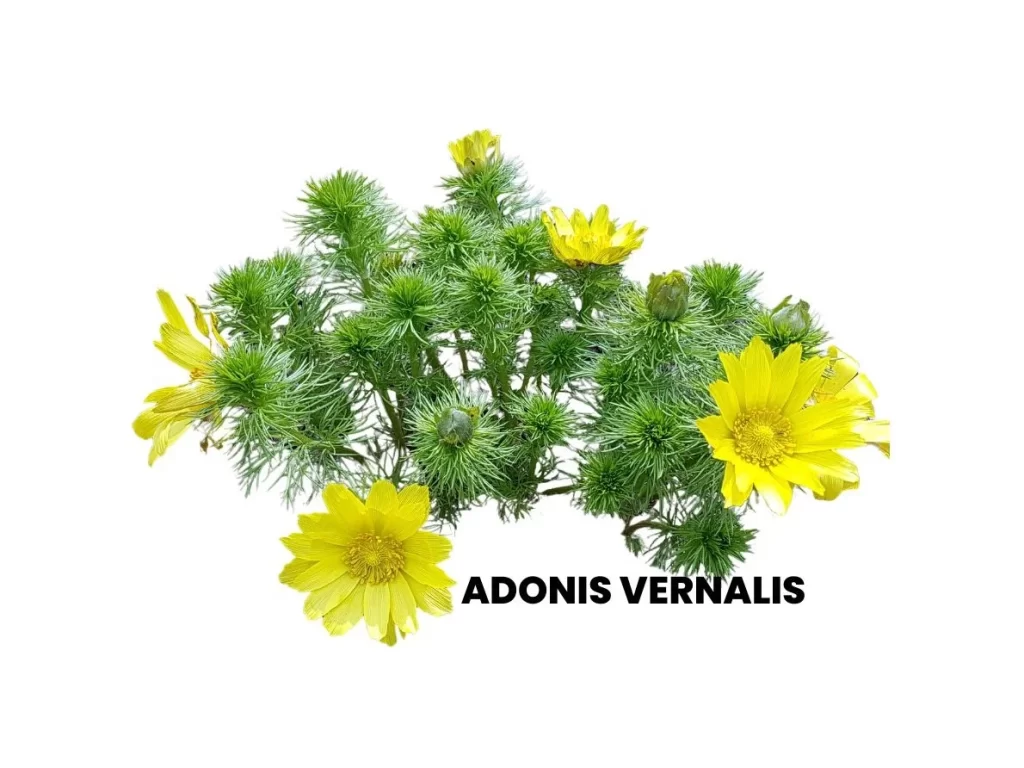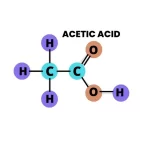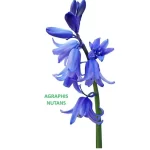Adonis Vernalis has a history rooted in traditional medicine.
Its use as a heart medicine dates to periods after rheumatism, influenza, or Bright’s disease, particularly when the heart muscles enter a stage of fatty degeneration.
The remedy is recognized for its efficacy in regulating the pulse and enhancing the power of heart contractions.
It is notably valuable in addressing cardiac dropsy and conditions characterized by low vitality, a weak heart, and a slow, weak pulse.
Read THE HISTORY OF MEDICINE by following the link.
Table of Contents
ToggleSOURCE INFORMATION
Adonis vernalis, commonly known as pheasant’s eye or false hellebore, is a perennial herbaceous plant that belongs to the buttercup family (Ranunculaceae).
- Kingdom: Plantae
- Phylum: Angiosperms
- Class: Eudicots
- Order: Ranunculales
- Family: Ranunculaceae
- Genus: Adonis
- Species: Adonis vernalis
Adonis vernalis is characterized by bright yellow flowers with numerous stamens.
The plant has finely divided, feathery leaves, and it typically reaches a height of about 20 to 30 centimeters.
It is a low-growing plant with a basal rosette of leaves.
Native to Europe and Asia, Adonis vernalis is found in meadows, steppes, and open woodlands.
It prefers well-drained, alkaline soils and is adapted to various climatic conditions.
CLINICAL APPLICATIONS
Adonis Vernalis finds clinical application in conditions such as albuminuria, dropsy, and various heart diseases.

CHIEF GUIDING SYMPTOMS
Head
- Sensation of lightness.
- Aches across the front, from occiput around temples to eyes.
Vertigo
- Experienced on rising, turning the head quickly, or lying down.
Mouth
- Slimy sensation.
- Tongue appears dirty yellow, sore, and feels scalded.
Heart
- Mitral and aortic regurgitation.
- Chronic aortitis.
- Fatty heart pericarditis.
- Rheumatic Endocarditis.
PARTICULARS
CARDIAC SYMPTOMS
- Precordial pain, palpitation, and dyspnea.
- Marked venous engorgement.
- Cardiac asthma.
- Fatty heart.
- Myocarditis, irregular cardiac action, constriction, and vertigo.
- Pulse is rapid and irregular.
STOMACH
- Sensation of a heavy weight.
- Gnawing hunger.
- Faint feeling in the epigastrium.
- Better outdoors.
URINE
- Oily pellicle on urine.
- Scanty and albuminous.
RESPIRATORY
- Frequent desire to take a long breath.
- Feeling of weight on the chest.
SLEEP
- Restless with horrible dreams.
EXTREMITIES
- Aching in the nape.
- Stiff and aching spine.
- Oedema.
RELATIONS
Adonidin, derived from Adonis Vernalis, acts as a cardiac tonic and diuretic.
It can be an excellent substitute for Digitalis, enhancing arterial pressure and prolonging diastole.
It is often compared to other heart remedies such as Digitalis, Crataegus, Convallaria, and Strophanthus.
DOSAGE: Administer 5 to 10 drops of the tincture.
FREQUENTLY ASKED QUESTIONS
What is the historical significance of Adonis Vernalis?
- Adonis Vernalis has a historical association with traditional medicine, particularly as a heart remedy after rheumatic or inflammatory conditions.
How does Adonis Vernalis influence the heart?
- It primarily acts on the heart muscles, regulating the pulse and increasing the power of heart contractions. It is valuable in cases of cardiac dropsy.
In what conditions is Adonis Vernalis clinically applied?
- It is used in various conditions, including albuminuria, dropsy, and different heart diseases characterized by rapid and feeble heart action.
Are there specific symptoms indicating the need for Adonis Vernalis?
- Symptoms include rapid and irregular pulse, venous engorgement, cardiac asthma, and manifestations of heart diseases such as valvular regurgitation.
How is Adonis Vernalis related to other heart remedies?
- It is often compared to Digitalis, Crataegus, Convallaria, and Strophanthus. Adonidin, derived from Adonis Vernalis, acts as a cardiac tonic and diuretic.
What is the recommended dosage of Adonis Vernalis?
Administer 5 to 10 drops of the tincture as per therapeutic requirements.
This comprehensive drug picture provides insights into the historical background, pharmacological actions, clinical applications, specific symptoms, and related remedies of Adonis Vernalis.













Leave a Reply